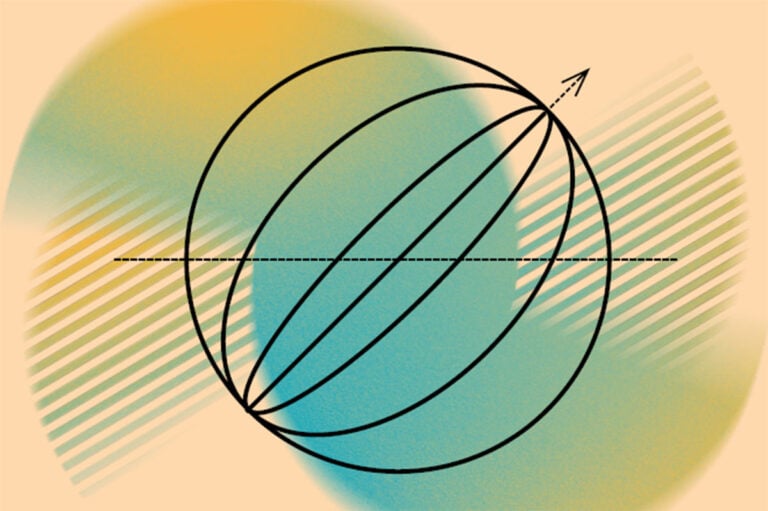Maintaining balance and coordinating movement is a central challenge for the brain and one that allows us to navigate our daily lives. Much of this happens in the cerebellum region, an area in the back of the brain, where disruptions to this complex process can cause anything from dizzy spells to more serious balance issues like ataxia.
In a study published in Current Biology, Johns Hopkins researchers discovered that individual neurons in the cerebellum’s nodulus/uvula region combine proprioception (body position) and vestibular (balance) input to help us stay steady and upright relative to gravity even as we move around.
These findings could pave the way for new therapeutics and neuroprosthetics for people with balance and movement disorders, notes senior author Kathleen Cullen, the Raj and Neera Singh Professor of Biomedical Engineering.
“Our work provides new insight into the neural computations that stabilize gaze and maintain balance and posture relative to gravity, processes thatare vital for our mobility and independence,” says Cullen, who conducted the study with postdoctoral fellows Robyn L. Mildren and Lex J. Gómez.
To better understand the processing performed by the cerebellum, Cullen’s team, working with animal models, zeroed in on Purkinje cells, the major output neuron of the cerebellum in primates. In the lab, researchers recorded the cells’ activity when exposed to vestibular and proprioceptive stimulation, such as turning the head.
They discovered that Purkinje cells integrate both types of sensory information, returning to ensure accurate postural neural commands are sent to control our muscles whenever the head and/or body moves. Overall, the researchers demonstrated that groups of Purkinje cells “work together” to send more precise signals to other brain regions about the body’s overall position and movement relative to Earth’s gravity.
The researchers say this discovery provides a clearer picture of why the brain is so good at quickly adjusting to keep bodies balanced and upright in everyday life.
“Unlike earlier studies that focused on one sensory modality and single channel recordings, our approach demonstrates, for the first time, the real-time synergy between two streams of sensory input, and how together they stabilize posture and maintain accurate spatial orientation relative to gravity,” says Cullen.
—CATHERINE GRAHAM


